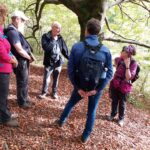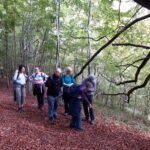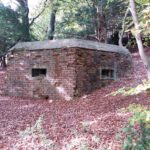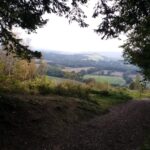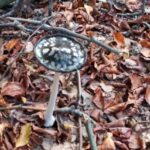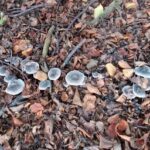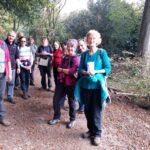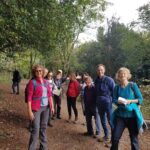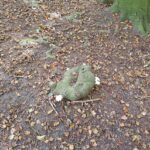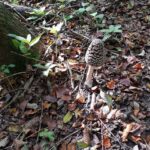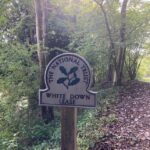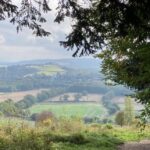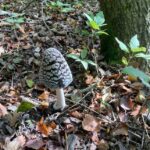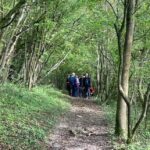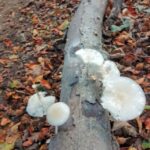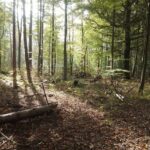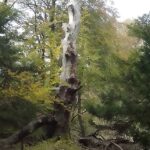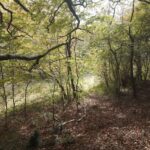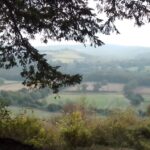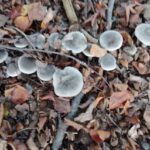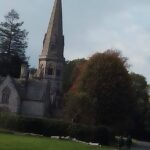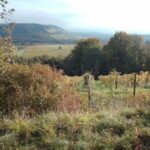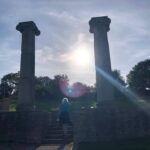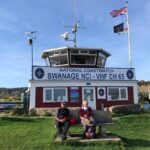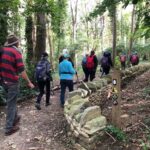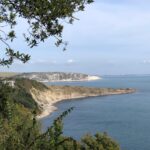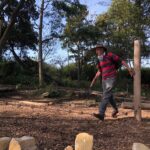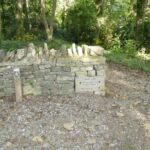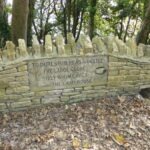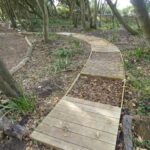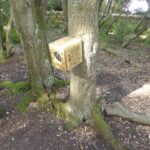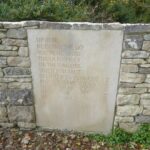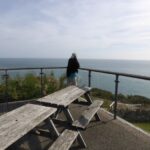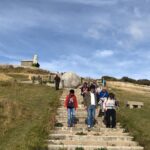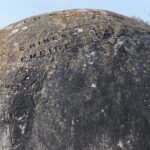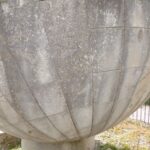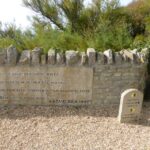Twenty four walkers and Daisy the dog set off from Stanmore station towards Stanmore Country Park. We welcomed four new walkers. Considering the weather at the start of the day, we were delighted that the sun shone & blue skies drifted overhead as we set off on the walk. Entering the country park, we took the Eastern route and followed the Nature trail to Spring Meadows. After a steady climb to viewpoint, we were rewarded with spectacular panoramic view of the capital. Clearly visible were Canary Wharf, The Shard, BT tower, Wembley Stadium to name a few. Continue reading STANMORE CIRCULAR – 30 OCTOBER
WESTHUMBLE TO GOMSHALL VIA SHERE – 16 OCTOBER
The weather forecast hadn’t been promising but that sort of thing doesn’t put us off, so 13 walkers assembled at Box Hill & West Humble station on what turned out to be a beautiful autumn morning. There was almost no dull road-walking so we were immediately surrounded by beautiful trees, red & gold leaves & the sort of fungi you hope to see at this time of year. That stretch of the North Downs Way is especially lovely &, despite being mostly in woodland, there was a beautiful quality of light with many gaps in the trees giving views of Leith Hill & further. So pleasing was it that we kept stopping, really just to enjoy being there & the lightness of spirit that comes with the falling cortisol levels that trees are said to cause.
SWANAGE MONDAY WALK – DURLSTON COUNTRY PARK
On Monday morning most of the group gathered at the town square in warm sunshine for a final walk along the coast to Durlston Country Park, led by Sandy. We passed the pier and headed uphill, passing the Portland Stone Ionic columns dating from the early 19th century. We headed uphill, pausing at the Coast Watch station on Peverill Point. Later we entered Durlston Country Park. After a mile or so walking through woodland along the coast we came to Durlston Castle with it’s cafe and globe. The great globe is one of the largest stone spheres in the world, made of Portland Stone. It was constructed in Greenwich in 1887 in Mowlem’s stone yard, and brought to Swanage by sea. John Mowlem the stonemason was born in Swanage and is commemorated in the town.
All too soon it was time to head back to Swanage by an inland route – no time to visit the cafe sadly. A lovely end to a great weekend. Thanks to the organisers and walk leaders.
Gillian. Photos by Ida and Stuart
SWANAGE – SUNDAY STROLLERS WALK – CORFE CASTLE TO SWANAGE
The Strollers walked from Corfe Castle to Swanage along Nine Barrow Down. Nine Barrow Down is described as “an elongated hill” stretching for about 4 miles, according to my OS Maps app. We travelled to Corfe Castle on the Swanage Railway and our train was hauled by a Bulleid Pacific locomotive, 34028 Eddystone. This locomotive was recently overhauled at a cost of £350,000 and at one time worked from London Waterloo to Bournemouth and Weymouth. On arriving at Corfe we spent some time looking round the village. I went to the bus stop to see if anyone had decided to come by bus, while the rest of the party went for a coffee, following an old Stroller tradition.
Continue reading SWANAGE – SUNDAY STROLLERS WALK – CORFE CASTLE TO SWANAGE
SWANAGE – SUNDAY HIKERS WALK – LANGTON MATRAVERS CIRCULAR
Eighteen hikers took the bus from Swanage to Langton Matravers on what promised to be another glorious, mild, sunny day. We made our way to Spyway Barn a listed building which is said to have been used by smugglers in the 19th century. Continuing down to the coast we soon arrived at the steps down to Dancing Ledge. This was a Purbeck limestone quarry and the platform by the sea left from the quarrying gets its name due to it being a similar size to a ballroom and the waves ‘dancing’ over it. One member found one of the many fossils to be discovered in this area of the Jurassic coast. We then continued west along the South West Coast Path to Winspit. One observant Poly pointed out the strip lynchets on the hill side. These are among the best preserved examples of this form of medieval agriculture in Britain. We looked into the caves at Winspit which remain from when, until about 1940, this was a quarry which provided stone for many London buildings. Some have been sealed off as they are home to the Greater Horseshoe bat, Britain’s largest bat now in danger of extinction. We watched climbers practising on the rugged rocks. Continue reading SWANAGE – SUNDAY HIKERS WALK – LANGTON MATRAVERS CIRCULAR



